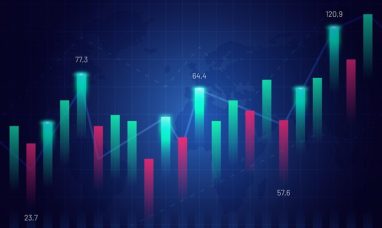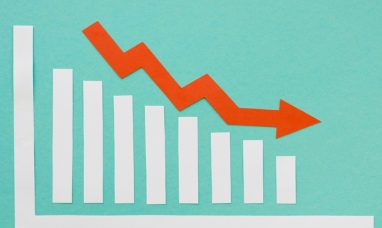As inflation cools and the Federal Reserve contemplates its next move, the focus is increasingly shifting to the U.S. labor market. The U.S. labor market impact on Fed rate cuts has become a critical factor, with rising unemployment and slowing job additions expected to guide the central bank’s decisions in the coming months. Economists and investors alike are closely monitoring these trends, anticipating that the labor market’s dynamics will be key in determining the timing and extent of potential rate cuts.
Labor Market Takes Center Stage
Inflation has long been the driving force behind the Federal Reserve’s aggressive interest rate hikes. However, with inflation now tracking below the Fed’s 2% target on a three-month basis, attention is turning toward the labor market, where signs of cooling are becoming more apparent. “These [job] payroll numbers are really where the action is going to be over the next couple of months,” Citi global economist Nathan Sheets told Yahoo Finance. The U.S. labor market impact on Fed rate cuts is now expected to be the central focus for the Federal Reserve as it evaluates the health of the economy.
Economists like Nicholas Brooks, head of economics and investment research at ICG, have noted a shift in focus from inflation to growth data, particularly labor market indicators. A weak July jobs report underscored this trend, revealing the second-weakest monthly job additions since 2020 and the highest unemployment rate in nearly three years. These figures have raised concerns that the labor market is at a turning point, which could influence the Fed’s approach to monetary policy.
Rising Unemployment and Recession Risks
The U.S. labor market impact on Fed rate cuts is being further compounded by rising unemployment rates. While the focus on inflation persists, economists like Moody’s chief economist Mark Zandi argue that the risks in the labor market are now more pressing. “The trend line suggests even higher unemployment and even lower inflation,” Zandi stated, suggesting that if these trends continue, the Fed may be compelled to ease rates more aggressively than initially anticipated.
One of the key indicators to watch in the coming weeks will be layoff data, which Zandi identified as the “key statistic” for assessing recession risks. Thus far, while job creation has slowed, companies have not significantly increased layoffs, a factor that has provided some reassurance to economists. However, if layoffs were to rise, it would signal a more serious deterioration in the labor market, potentially increasing the likelihood of a recession.
Zandi currently estimates a 33% chance of a recession in the next 12 months, noting that weekly jobless claims will be a critical metric to monitor. Last week, initial filings for unemployment insurance fell more than expected, offering some relief to markets concerned about the health of the labor market. The next release of weekly claims, scheduled for Thursday morning, will be closely watched, with economists predicting a slight uptick to 235,000 claims.
Fed’s Response and Economic Outlook
As the U.S. labor market impact on Fed rate cuts becomes more pronounced, the Federal Reserve will need to carefully balance its dual mandate of controlling inflation and maximizing employment. The cooling labor market, coupled with lower inflation, suggests that the Fed may soon pivot from its current tightening cycle to a more accommodative stance. However, this transition will likely be contingent on further data, particularly related to employment trends.
Citi’s Nathan Sheets emphasized that payroll numbers will be the most critical factor influencing the Fed’s decision-making process in the coming months. Should the labor market continue to weaken, the Fed may opt for more substantial rate cuts to support economic growth and prevent a deeper downturn.
In conclusion, the U.S. labor market impact on Fed rate cuts is set to be the defining issue for the Federal Reserve as it navigates the delicate balance between curbing inflation and sustaining employment. As the labor market shows signs of cooling, the central bank’s decisions will be closely watched by investors and economists alike, with significant implications for the broader economy.
Featured Image: Freepik







